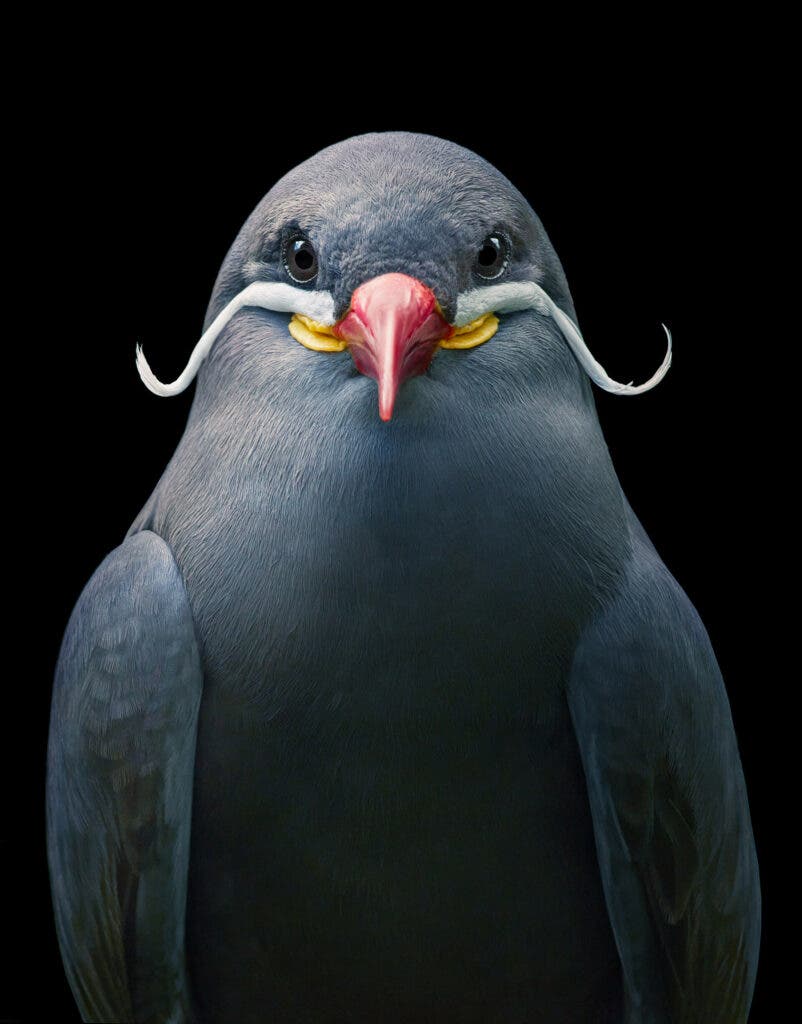
Tim Flach, a London-based nature artist, is not your typical photographer. He’s renowned for his meticulous, marvelously-lit photography of various animals, from common creatures like ducks or domestic dogs and horses to the exotic and endangered.
One of Flach’s signature styles is portraying his subjects intimately, emphasizing their expressive, almost human-like qualities. This is perhaps most illustrated in his latest project of birds from across the globe, from the Peruvian Inca tern to the Toco toucan.
“One of the things that I’ve been really interested in is how to connect people with nature. I think it’s important to almost emphasize the character and personality so that we actually start to think about the animal in our terms. This anthropomorphism is something that is perhaps intentional on my part,” Flach told ZME Science.

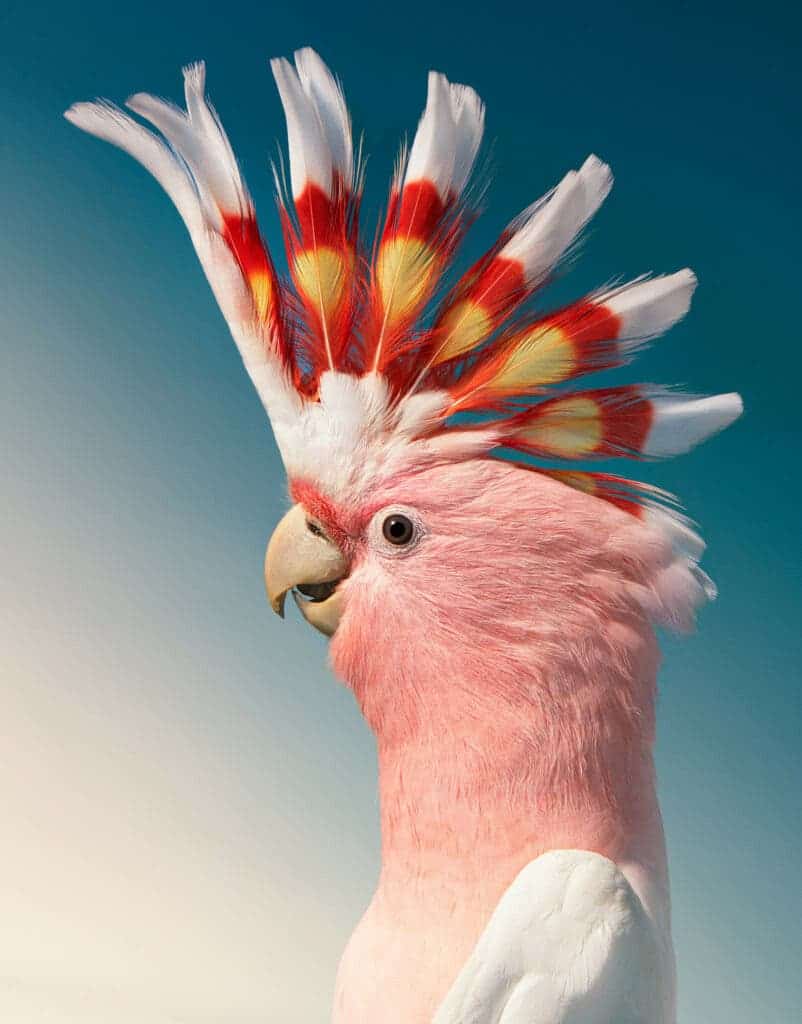
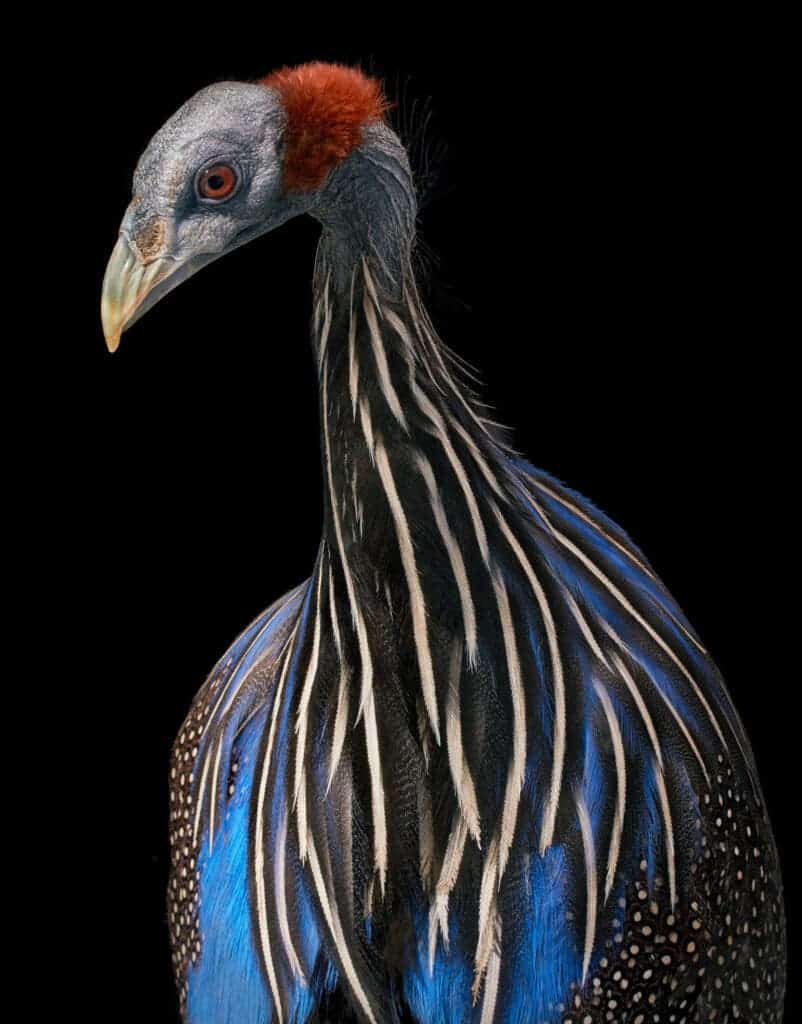
It’s more than just an art project: it could have important implications for their conservation.
A study published in the journal Environment and Behavior by researchers at Western Washington University and Michigan State University, with Flach as a co-author, found that attention-grabbing animal photography evoked more empathy in a survey of 1,152 participants than conventional nature photography.
“With growing concern for biodiversity loss, conservationists are faced with increased pressure to depict animals in ways that evoke empathy and lead to conservation,” wrote the authors of the study.
“Those who were exposed to animal portraits reported increased empathy and decreased positive and relaxed emotions. We engage critical anthropomorphism, arguing that it is an essential tool to encourage conservation efforts and that animal portraiture may be an ideal ‘attention grabber,’ after which wildlife images can serve as ‘educators.'”


The idea is to foster an emotional connection between people and the animal subjects by emphasizing qualities pertaining to “sameness” rather than “otherness”. Not all scientists condone anthropomorphism in conservation photography, some claiming that this practice is nonscientific and misallocates empathy. You can be the judge of that.
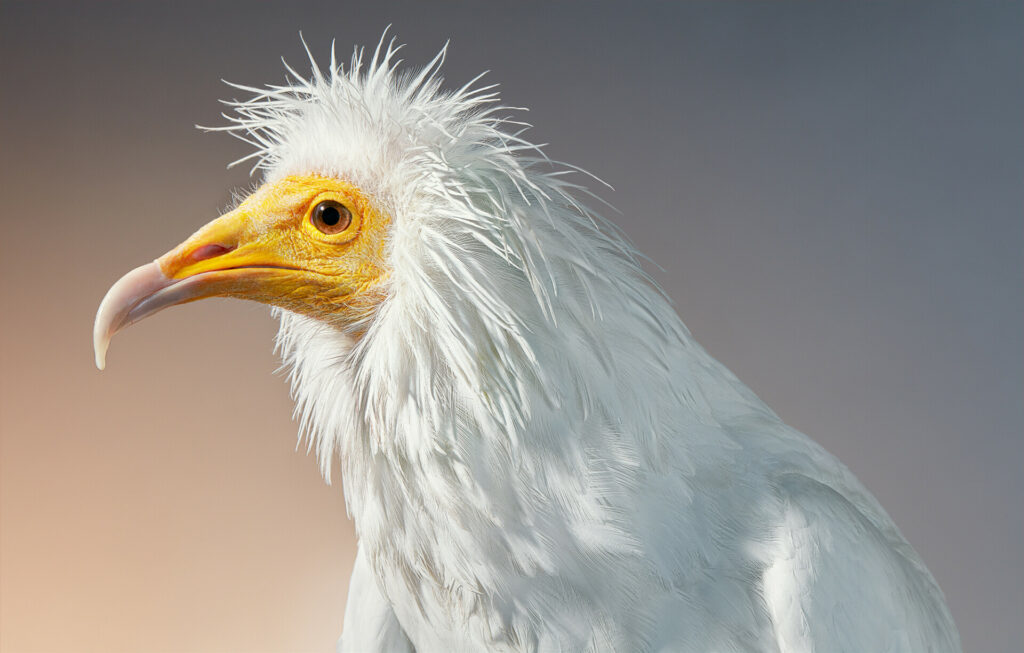
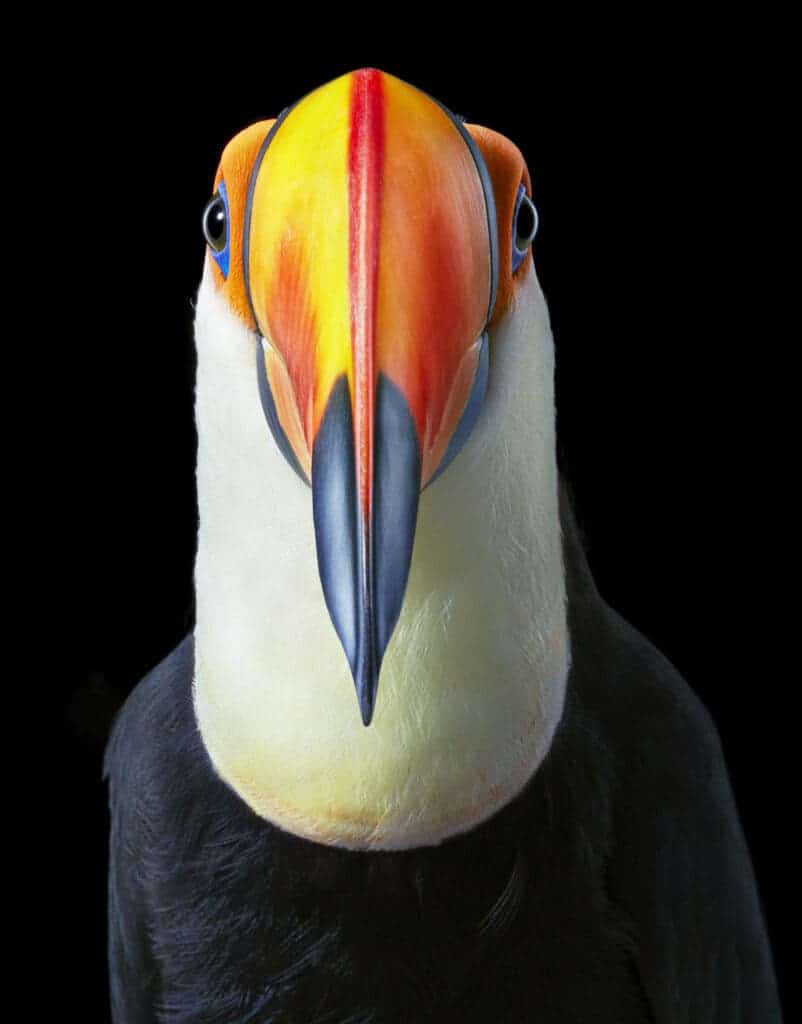
“When I think of my actual bird project, I wanted it to be very much in the tradition of the 19th-century bird illustrators. The book I’m working on — which I’m still in the process of realizing and still have another five months of shooting to go — in a sense explores that.
There are 10,800 species and you could really argue that picking a hundred of them isn’t highly representative. But I’ve tried to arrange them phylogenetically, in the sense of their evolution — ratites first, then galliformes, and then going through the more developed birds, like the hummingbirds. And then finally going from that into domesticated breeds. “

“This is the fifth or sixth book — depending on how you define my main projects. Books are like a journey, you start and then you come at the other end slightly different. My previous project was called Endangered, and I spent two years tracking down animals at the edge of extinction and photographing them. It’s never been more important to connect people with nature. Although Birds is a sort of visual moment of pause for me from my more critical work, it’s still something that I want to take pride in, and come out the other end, bringing a contribution to photography illustrating birds with the kind of care and attention that I think they deserve,” Flach said.
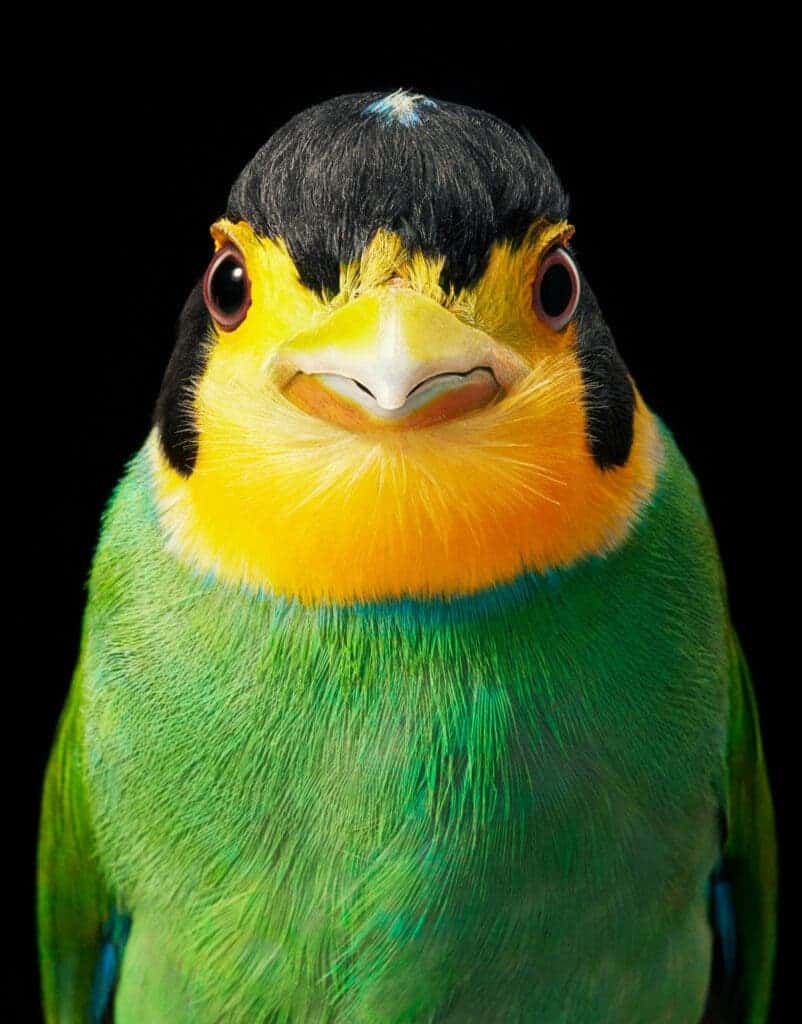
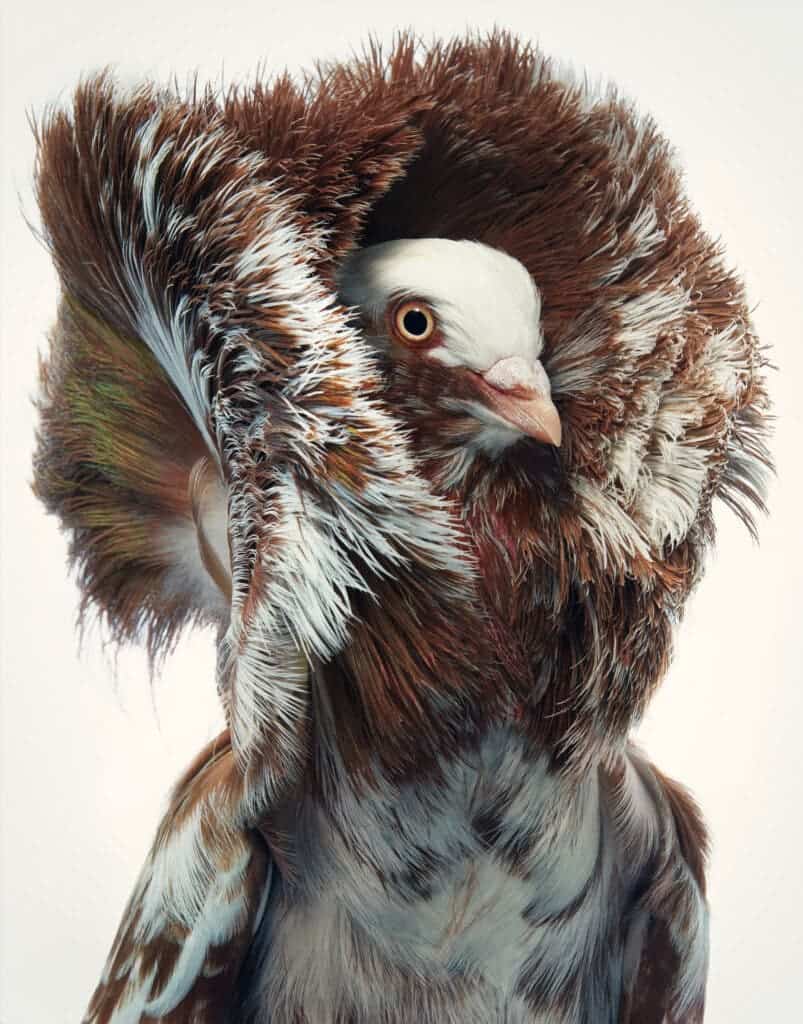
“When I set out to do this project to get intimate portraits, for example of blue tits, which are very small, this required me to build a specialized aviary. And it so that I could be blind to the bird, but be very close in a very controlled environment. This was one approach and suited those very tight portraits of small birds that had been caught on very fast flashes — that’s about 10 thousandths of a second — that could freeze the movement and give this sense of intimacy. But of course, there were many other things I remember being surprised about,” Flach told ZME Science.

“I do hope that I’ve had a good go at doing something and that people will enjoy the beauty of the birds and be surprised by that kind of morphology, and I hope that this will reach out beyond just the birders, but also to those who are interested in design in many different aspects. I just hope that they get excited and that I have a chance to share this work around the world. But, for this moment, I’m just trying to realize the project and do my best,” Flach said.


“I was doing a project for Scientific American, and we were looking at some research on ravens, magpies. We had a magpie, and apparently, this sense of self-consciousness or self-awareness can be proven by putting a little tag underneath the chin and seeing if they can recognize it in the mirror. So we actually had to recreate this in high quality. And it was really interesting that the magpie who’s supposed to have the intelligence of a three-year-old child, when we had this turntable that was remotely controlled in our aviary, I was really surprised how actually, once the turntable was moving around, it was like an enrichment for the magpie. And it kept running. But the one thing I think, also surprised me from the project was not only how challenging was to find the right timing on certain animals, that might only come down to weeks to look the right way or whatever the right feather condition, but also how In fact, the natural light turned out sometimes to be the most interesting light, and that my highly controlled studio lighting which I’m known for was actually not necessarily as interesting.”
Flach says he’s excited about the response he’s received for this project so far, although it’s still very early. In fact, the project isn’t even finished yet and as I’m typing this article, Flach is en route to photograph Birds of Paradise. While there are challenges to photographing his subjects during a pandemic, the British artist hopes to wrap up shooting in the next five months and release the book by October 2021.
“The quarantines it’s making it quite challenging to realize some of the content of the book. What I’d like to do is share the wonderment of the bird world, the beauty, the structure. I try to keep the pagination flow of the book, from abstraction, to flights, to portraits, to things that kind of surprised me and I hope in turn surprises other people. They do say with a project: you never finish a book, you get separated. I suspect that will be the case whatever happens with the project in five months’ time. “
“I hope that my next project will be more critically-based rather than the sense of wonderment this project is exploring.”
You can order Flach’s previous books on his website. For more amazing photos and news from him, follow Flach on Instagram, Facebook, Twitter.










